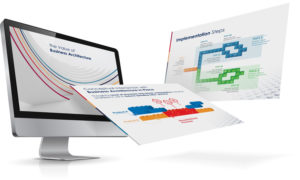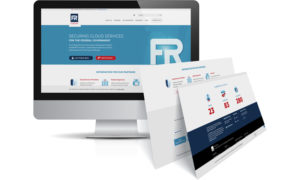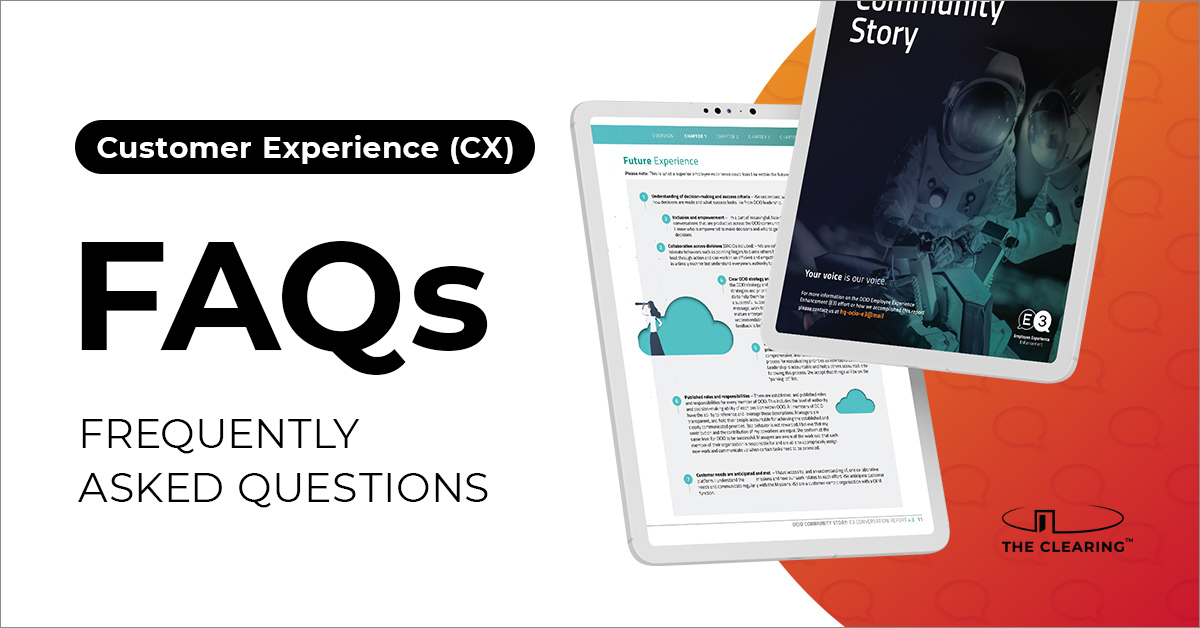Solution Area FAQs: Customer Experience
Several of our colleagues recently revealed the most-asked questions they receive about the work we do here at The Clearing. So far, we’ve covered FAQs around Hybrid Workplaces and Workplace Culture. Today, we’ll focus on Customer Experience (CX) with CX experts Lindsey Ryan and Meghan Rixey.
What is Customer Experience?
Lindsey: Customer experience (CX) is the end-to-end holistic journey a customer has with your organization, your brand, or your company. That leads to how it’s different from customer service (which is a question we get a lot, more on that below). In short, customer service is just one touch-point along that customer experience journey.
For example, let’s say you order a pair of shoes and encounter a problem when they arrive. You might contact customer service for support. But that is only one touch point over your entire experience with that shoe brand.
Your experience may have started with research on the brand’s website. Maybe you signed up for their email newsletter. Then you navigated the purchase experience and received a confirmation email once that purchase was made. When looking across touch-points, it’s easy to see how that overall experience can be influenced at any stop along the customer journey.

CX Experiential Visual Design Product Sample
What IS the Difference Between Customer Experience (CX) and Customer Service?
Meghan: This is the number one question we receive around customer experience consulting (CX.) We often talk to leaders who assume that because their organization is good at customer service, their customer experience strategy must also be good. Unfortunately, that’s not always the case. I often explain it using an example similar to what Lindsey detailed earlier. Positioning customer service as a micro-event and customer experience as a macro-event really helps crystalize how they’re different.
We also point out that solid customer service is a great place to start when considering the full customer experience journey. For example, what is driving that good service? We find that when organizational areas on the customer experience journey rank highly, it is often because they have the most engaged employees. In short, the better-positioned employees are to excel in their roles the better position an organization is in for its customers to have an excellent experience.
Lindsey: Exactly. There is a lot of data out there to support the premise that happy employees make happy customers. So when a leader asks how to improve CX, one of the first things we take a look at are the employee experience scores and anecdotes. Because how employees perceive the treatment they receive often mirrors the treatment of the organization’s customers.
How Do I Start My Organization’s CX Journey?
Lindsey: Many leaders understand why speaking to customers and asking them what they want is important. However, they simply don’t know how to get started. In these situations, we start with establishing a customer experience strategy. In short, establishing what kind of experience you want your customers to have.
Second, we look at available data to determine where the organization is today. This includes sources such as customer service tickets, website user experience reporting, email metrics, and other areas where insights into how customers currently experience the organization may be gleaned. As part of that process, we also determine where the data gaps are and develop a plan to begin collecting that information to inform further development of the CX journey.
Third, we make sure it’s easy for your customers to give you feedback and that the feedback loop is continual. CX isn’t set-it-and-forget-it – it has to be continually maintained. And the only way to stay on top of it is to gather regular feedback and share your improvements, updates, and newest features with your customers.
Meghan: This is all also dependent on the organization having a solid understanding of its customers. We have gone into discussions with leaders who want CX improvement, but don’t have a concrete understanding of exactly who their customers are. That answer is critical to setting the right – and realistic – customer experience strategy.

Web Design Product Sample
What Benefits Do Organizations Realize from a CX Investment?
Lindsey: The big one, as referenced above, is that organizations focused on customer experience (and employee experience) make more money. For federal agencies, that equates to better use of taxpayer dollars. For example, across the Government, only 21% of customer needs are met on the first attempt. Eventual resolution often comes via more expensive channels, such as phone calls or in-person visits. If a Federal Agency can reduce 1% of calls by improving self-service options (i.e., focusing on the customer), it could realize savings of up to $1.5M per month.*
There are a number of other benefits that ladder up to that one. Here are just a few.
- Organizations that better understand their customers can better anticipate future customer needs. Imagine being able to implement an improvement to a process before your customers can even complain about it! The continuous feedback loop allows an organization to do just that.
- A focus on CX allows for better allocation of resources. To be blunt, it helps leaders make the case to not focus on things their customer doesn’t care about or need.
- Finally, for federal agencies, it means being in compliance with the CX goals and mandates set out in the President’s Management Agenda and OMB A-11.
How Do I Measure Improvement in Customer Experience?
Meghan: There are a number of CX-specific metrics to track. First, is the customer satisfaction score – which you may see referred to as CSAT. CSAT is typically gathered by asking variations on the question “How would you rate your overall satisfaction with the [goods/service] you received?” with respondents answering on a 1 to 5 scale ranging from “very unsatisfied” to “very satisfied.” We also look at the customer effort score (CES), which measures how much effort a customer has to exert to complete their job to be done, get an issue solved, a question answered, etc. Finally, we measure Net Promoter Score (NPS). This metric tells an organization how likely its customers are to recommend its goods/services to someone else.
Lindsey: We can also look at existing organizational goals and tie them to customer experience improvement. Here’s one of my favorite examples shared by a coworker at a past job in public transportation.
The transportation authority had an existing goal to increase ridership for bus and rail lines. Of course, the question they asked was, “How do we do that?” The answer was by focusing on CX optimization. What do our customers want in rail and bus service? What are their current pain points with bus and rail service? How can we mitigate those problems to improve the experience of bus and rail service? The hypothesis was that by improving the customer experience, customers would be more likely to ride more often.
What’s Next?
If you have more questions about customer experience or want to chat about beginning or revamping your organization’s CX focus, please reach out to one of our customer experience consultants. Lindsey is available at lindsey.ryan@theclearing.com; Meghan can be contacted at meghan.rixey@theclearing.com.
In the meantime, you can read more about CX impact in the private sector here; for those focused on federal CX, more information can be found here.
If you liked this article, you might also like:
- Maximizing Workforce Performance with the CliftonStrengths® Assessment
- Communications Tips for Leadership Transitions
- Learning and Development: Critical at Every Career Juncture
- Upping the ROI on Adult Learning








 The Clearing’s Employee Experience
Improvement model, adapted from Itam
& Ghosh, 2020, focuses on three objectives:
The Clearing’s Employee Experience
Improvement model, adapted from Itam
& Ghosh, 2020, focuses on three objectives: 












